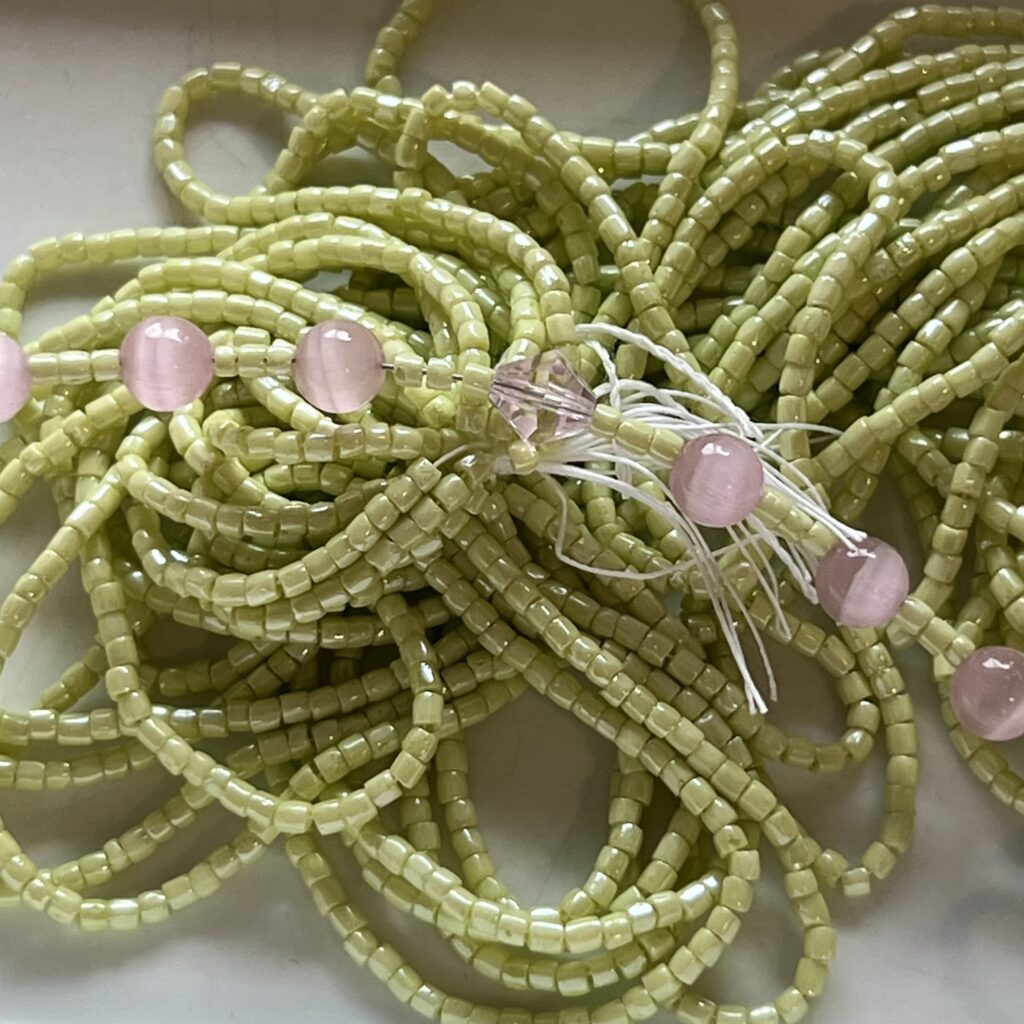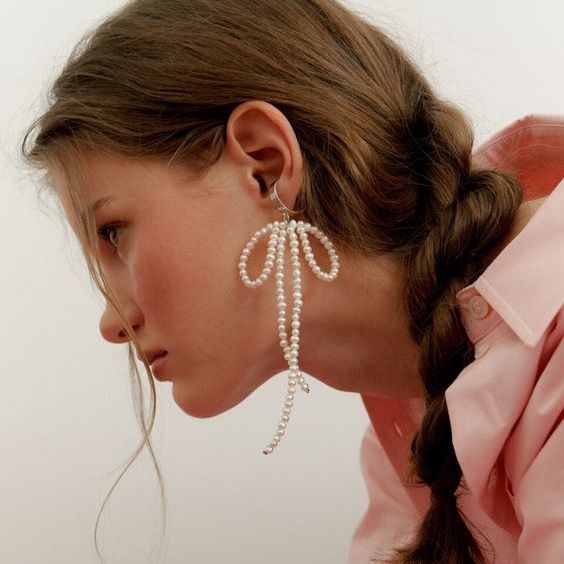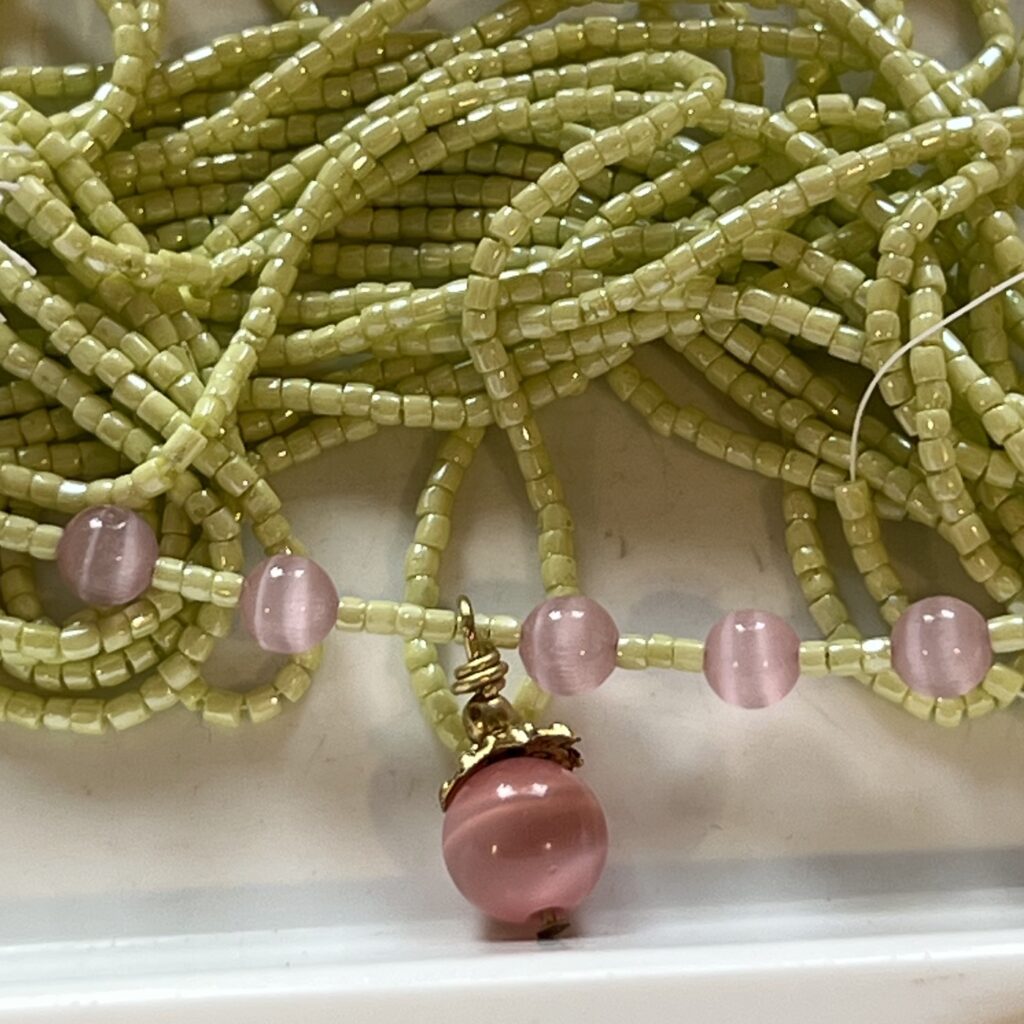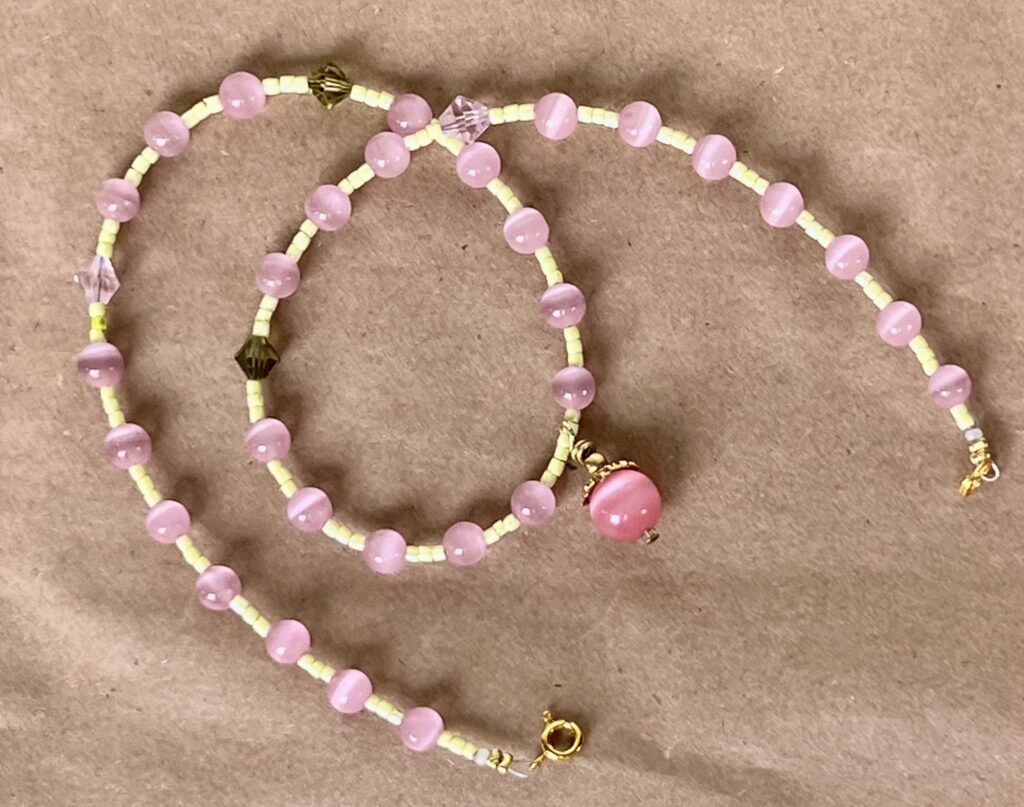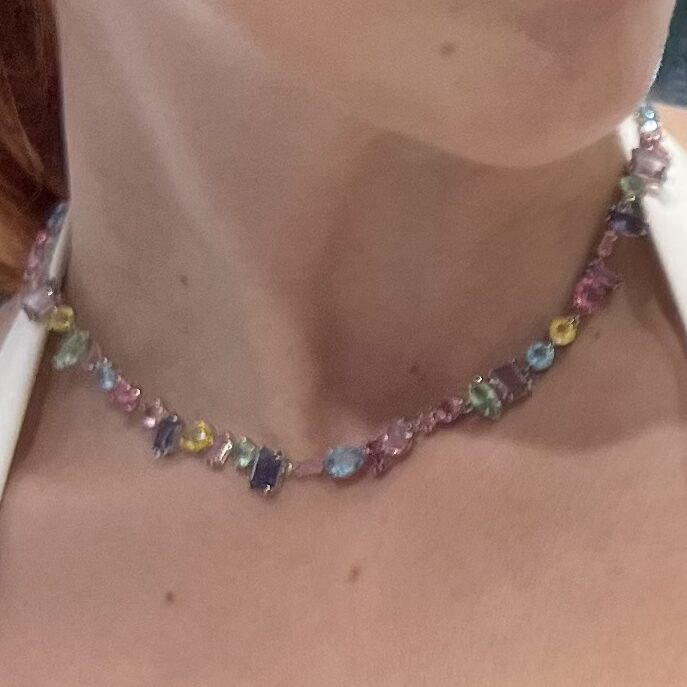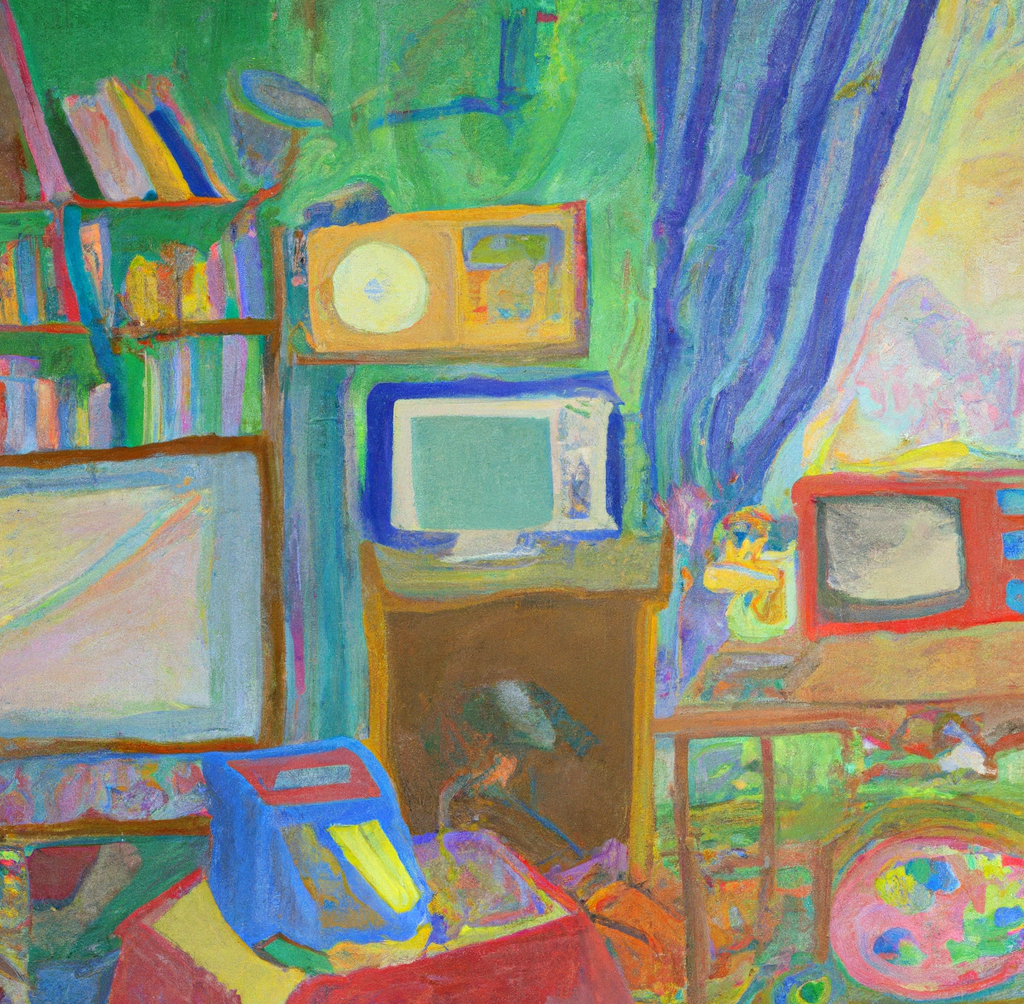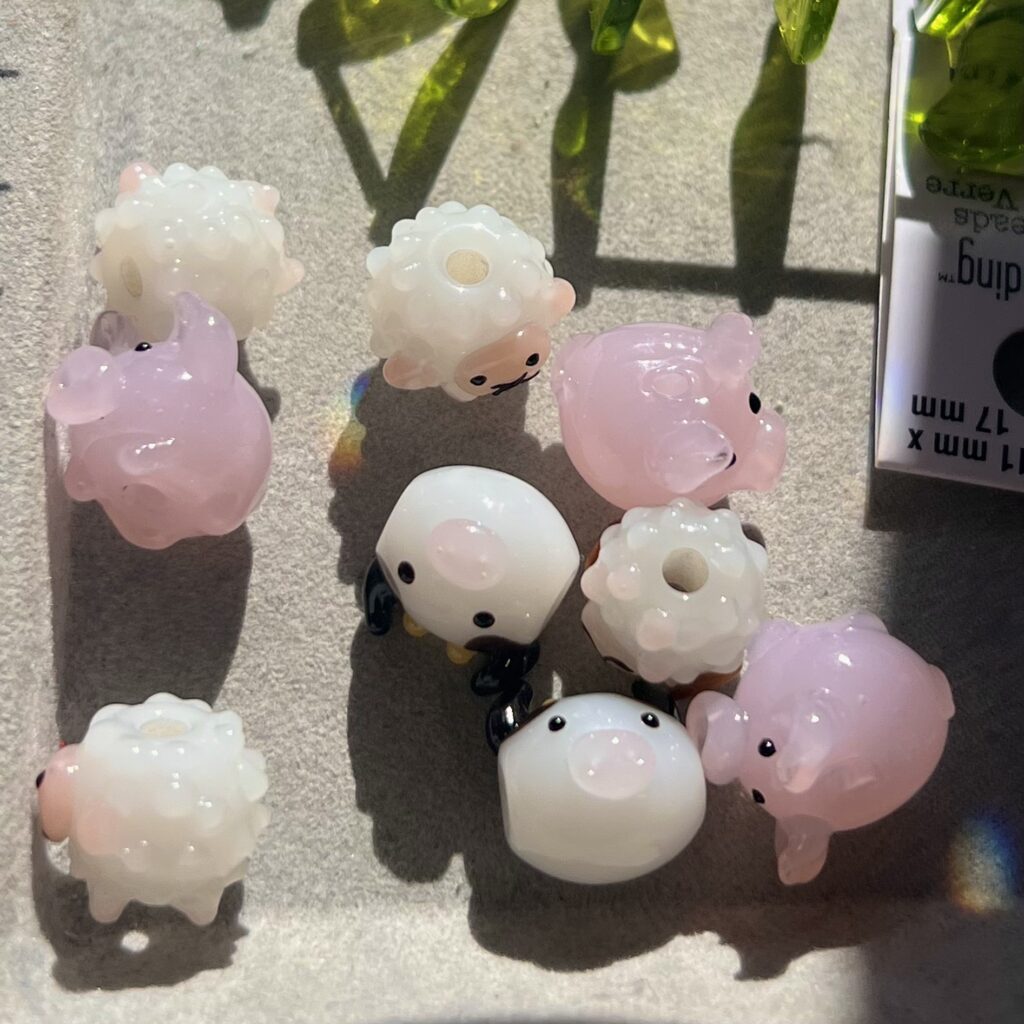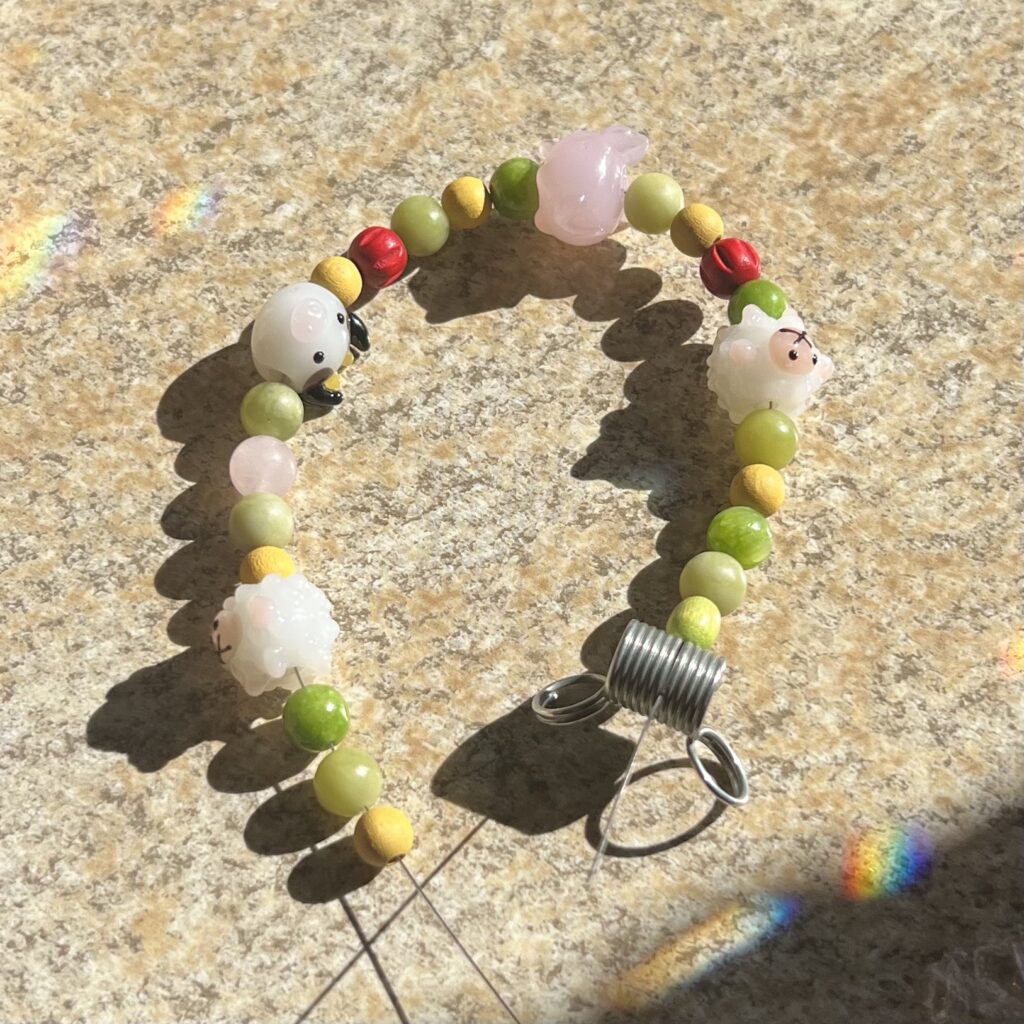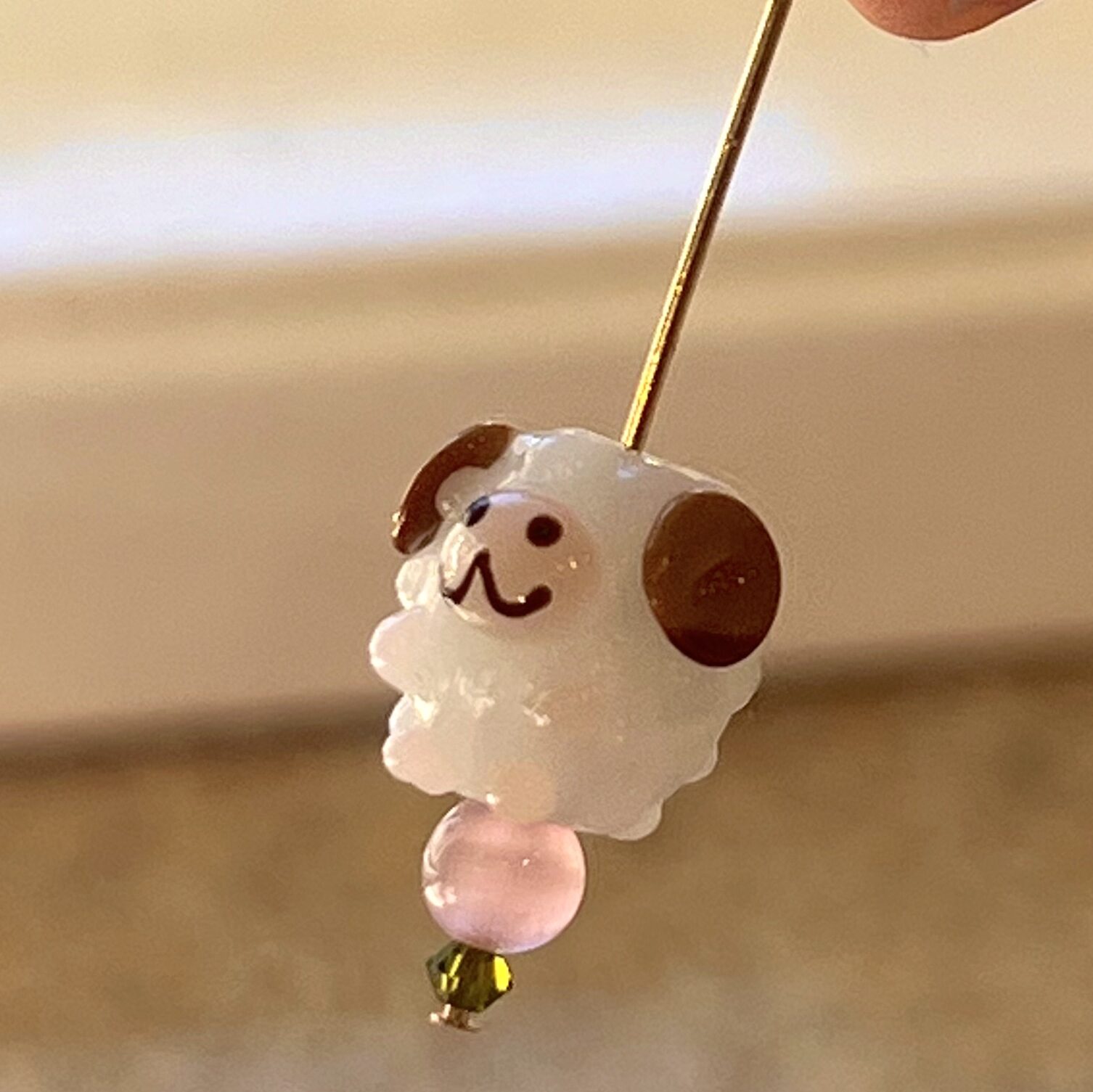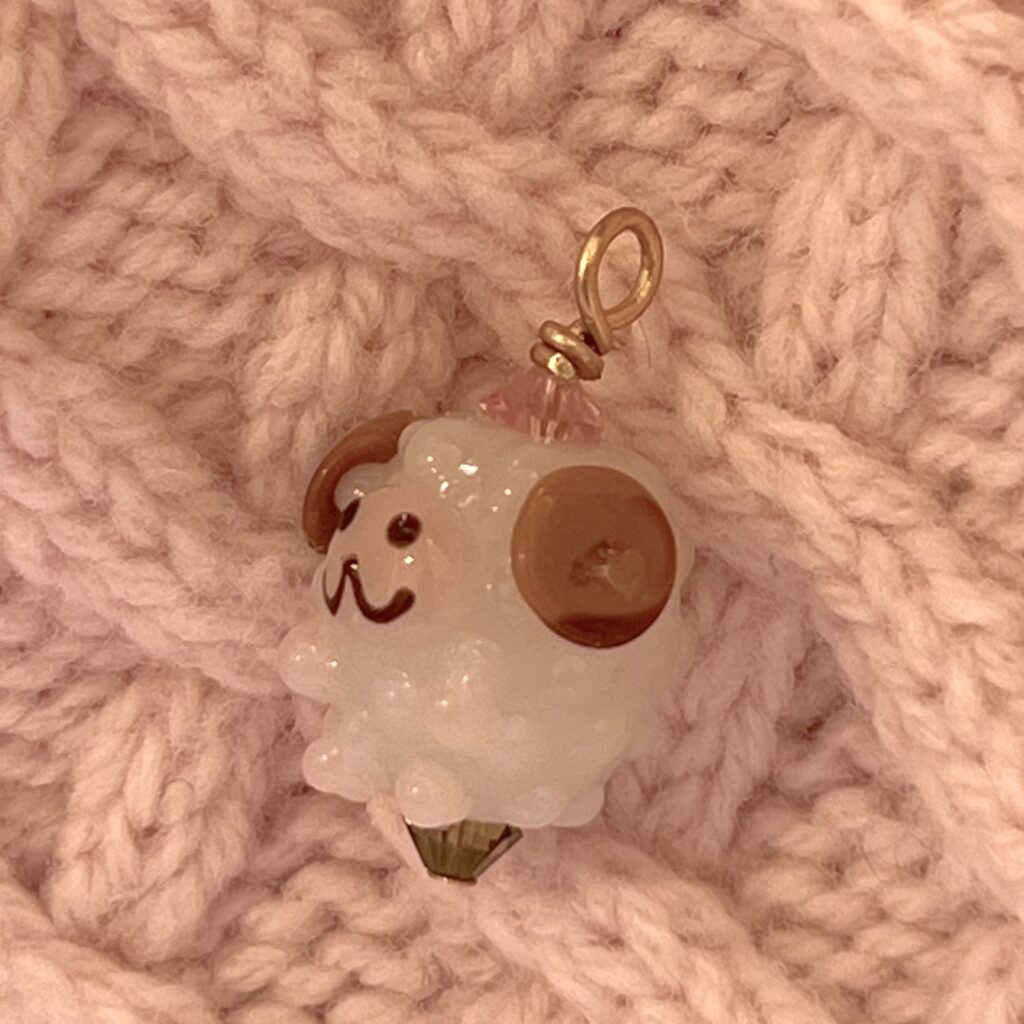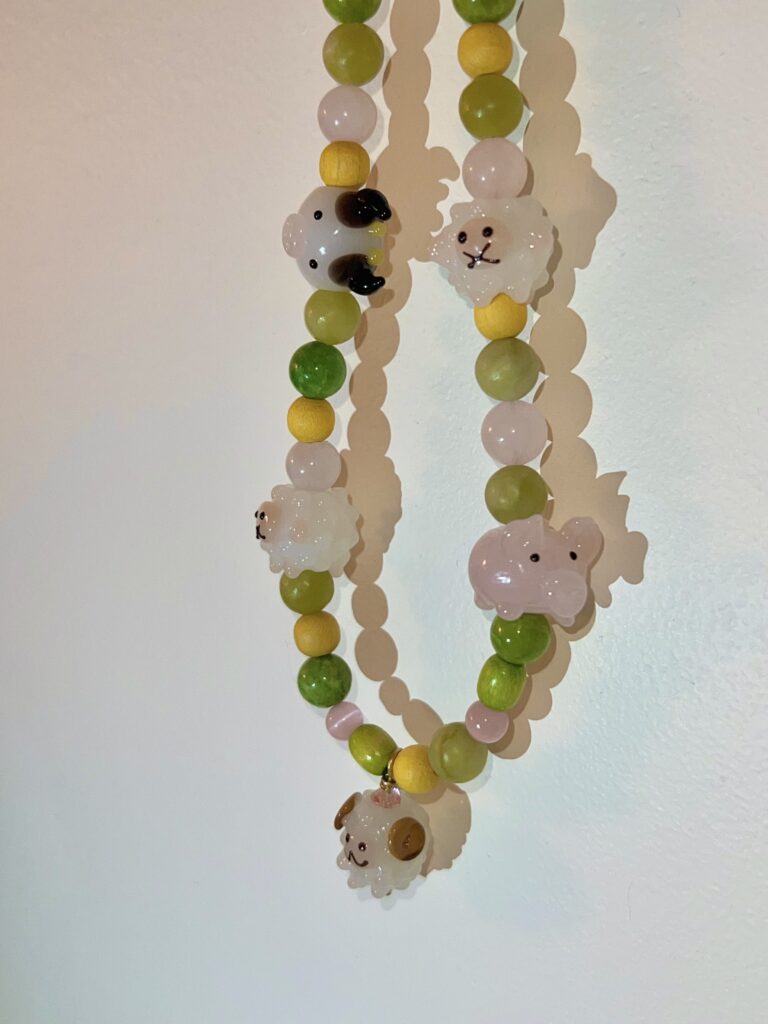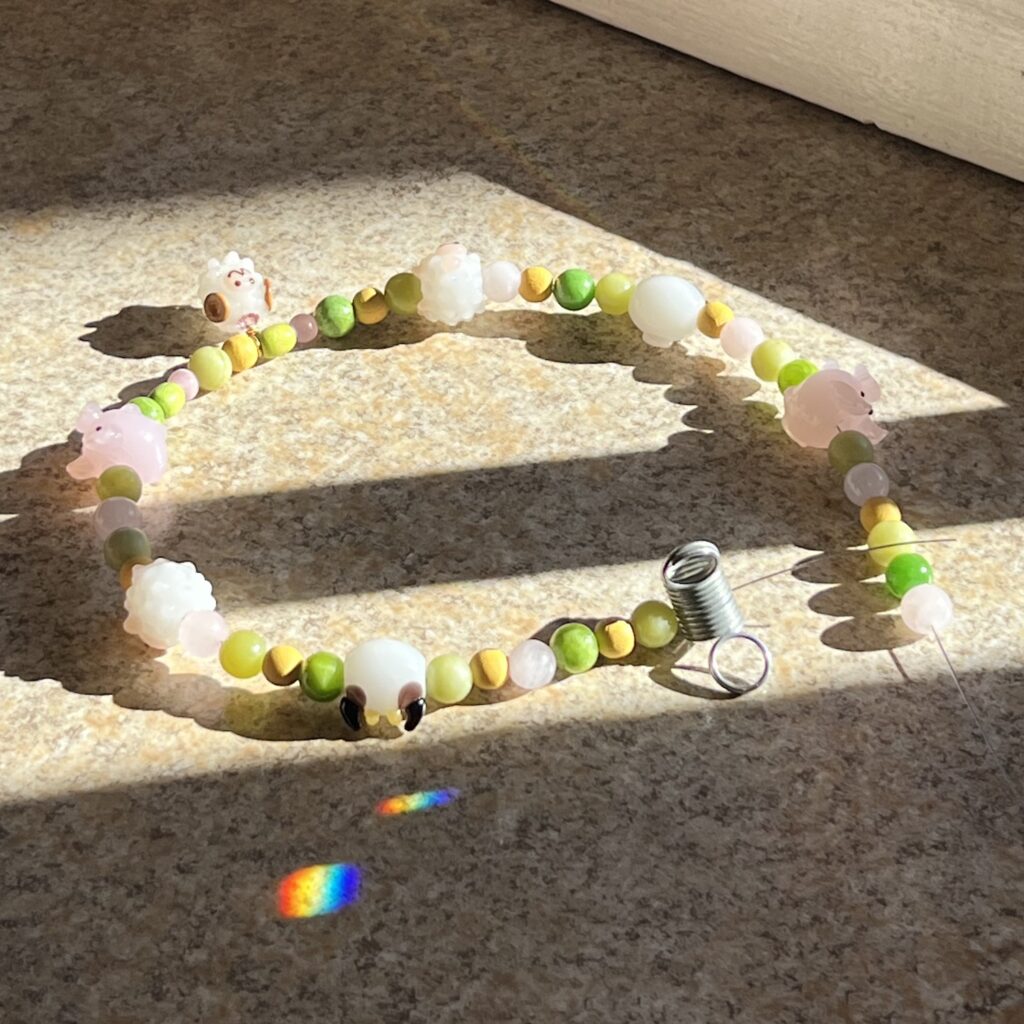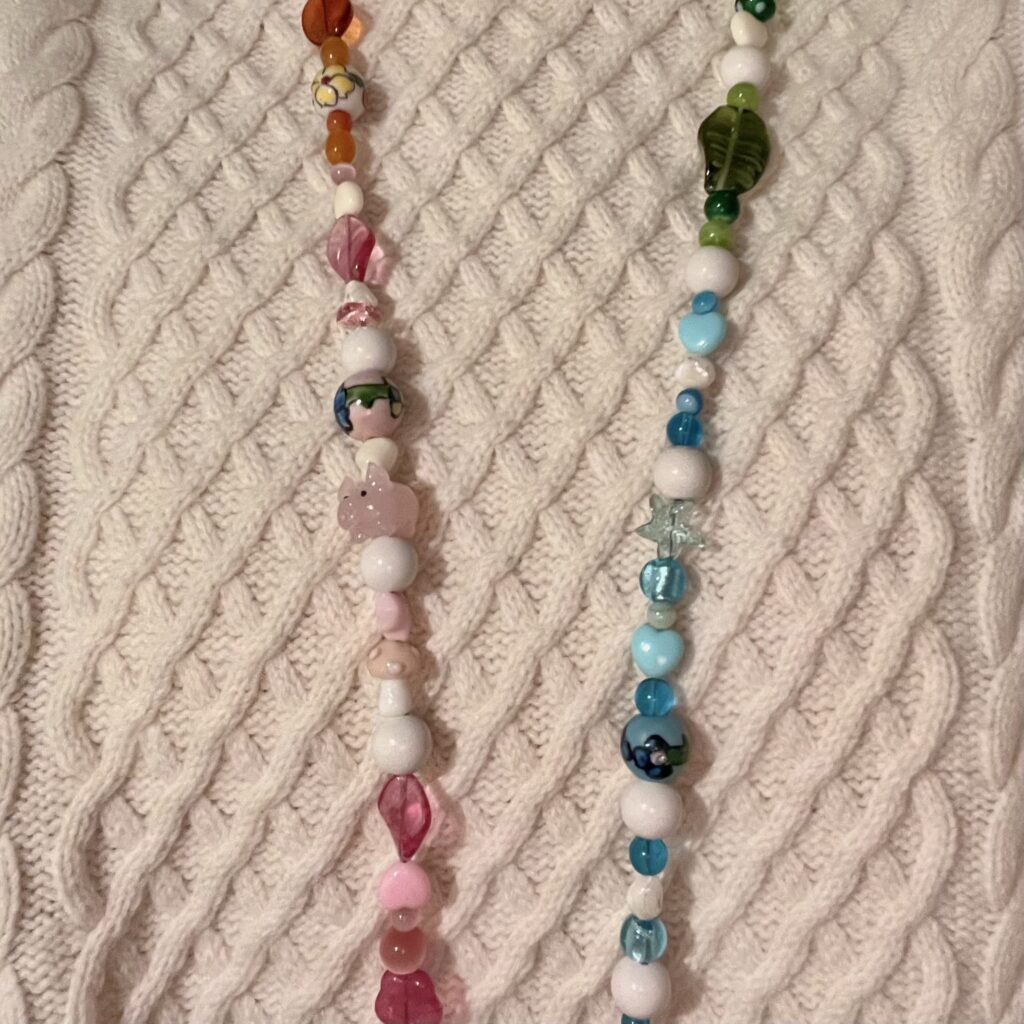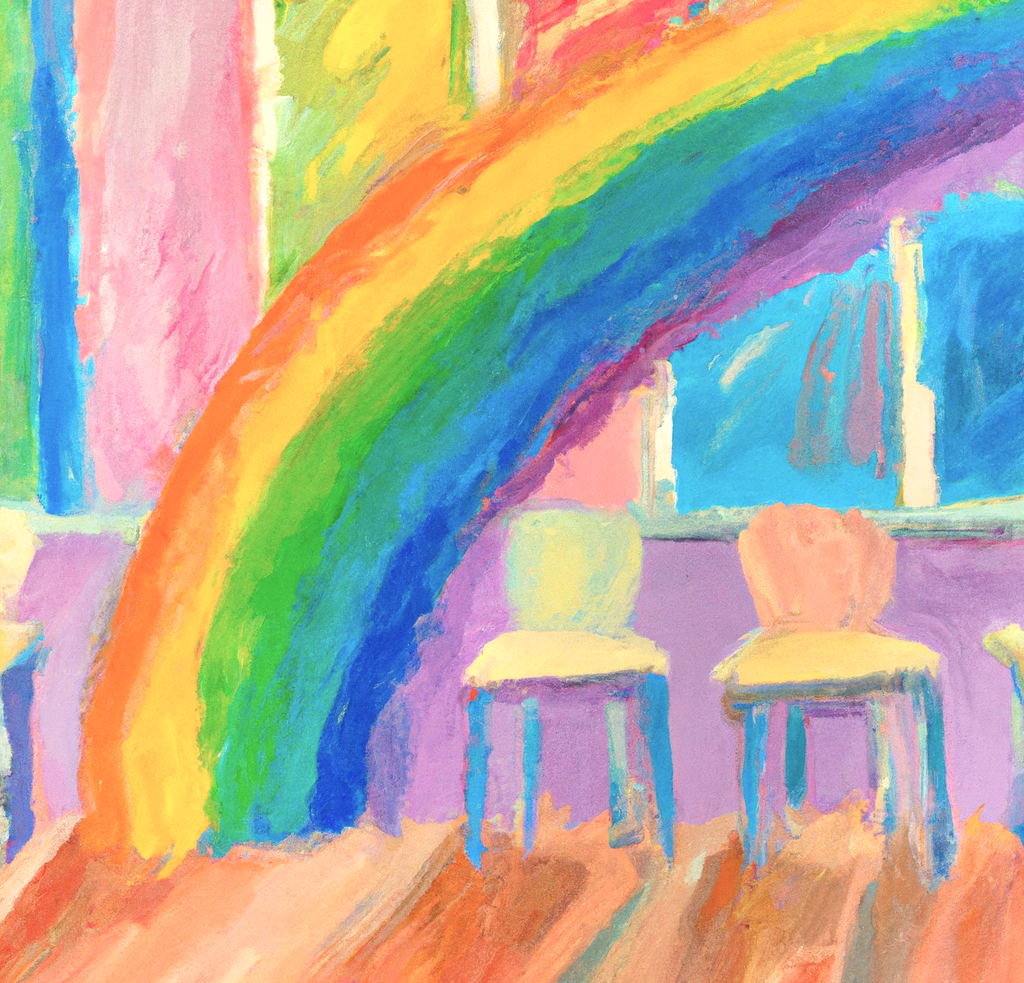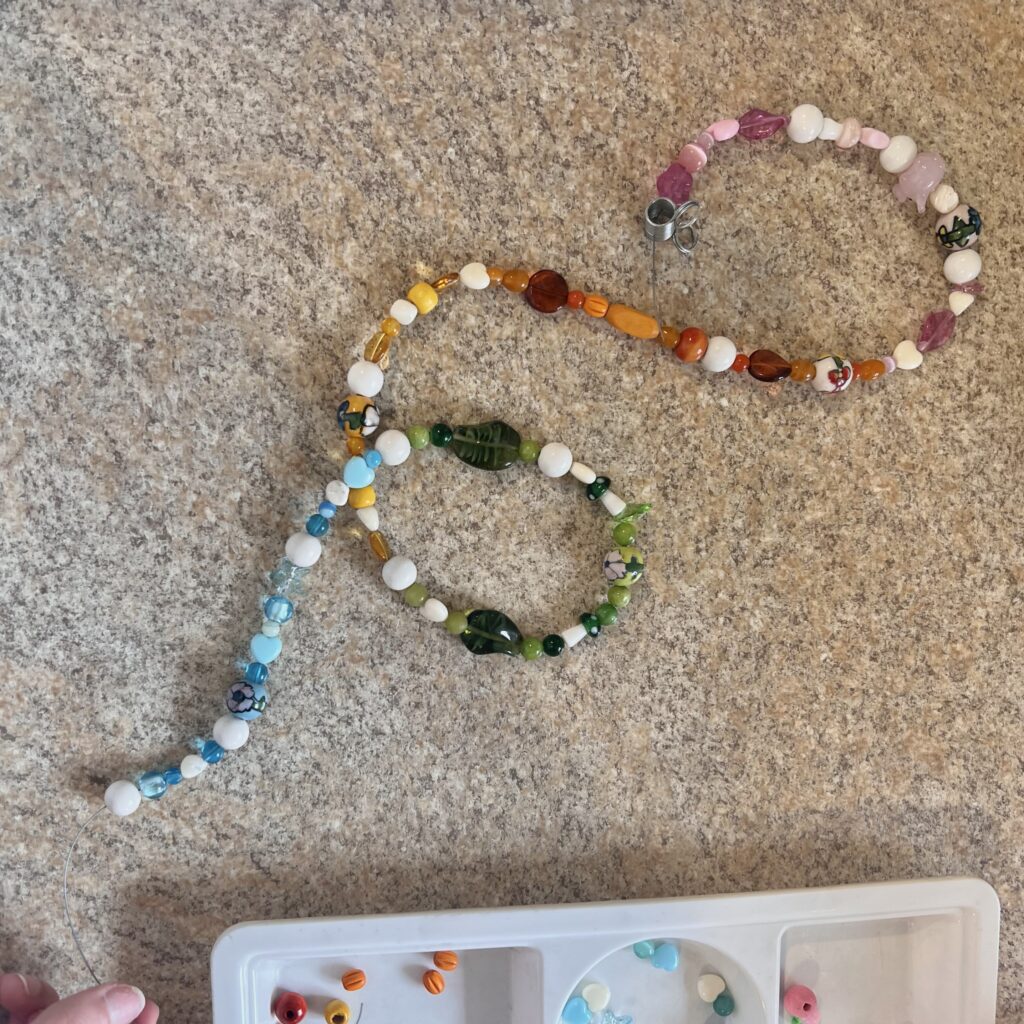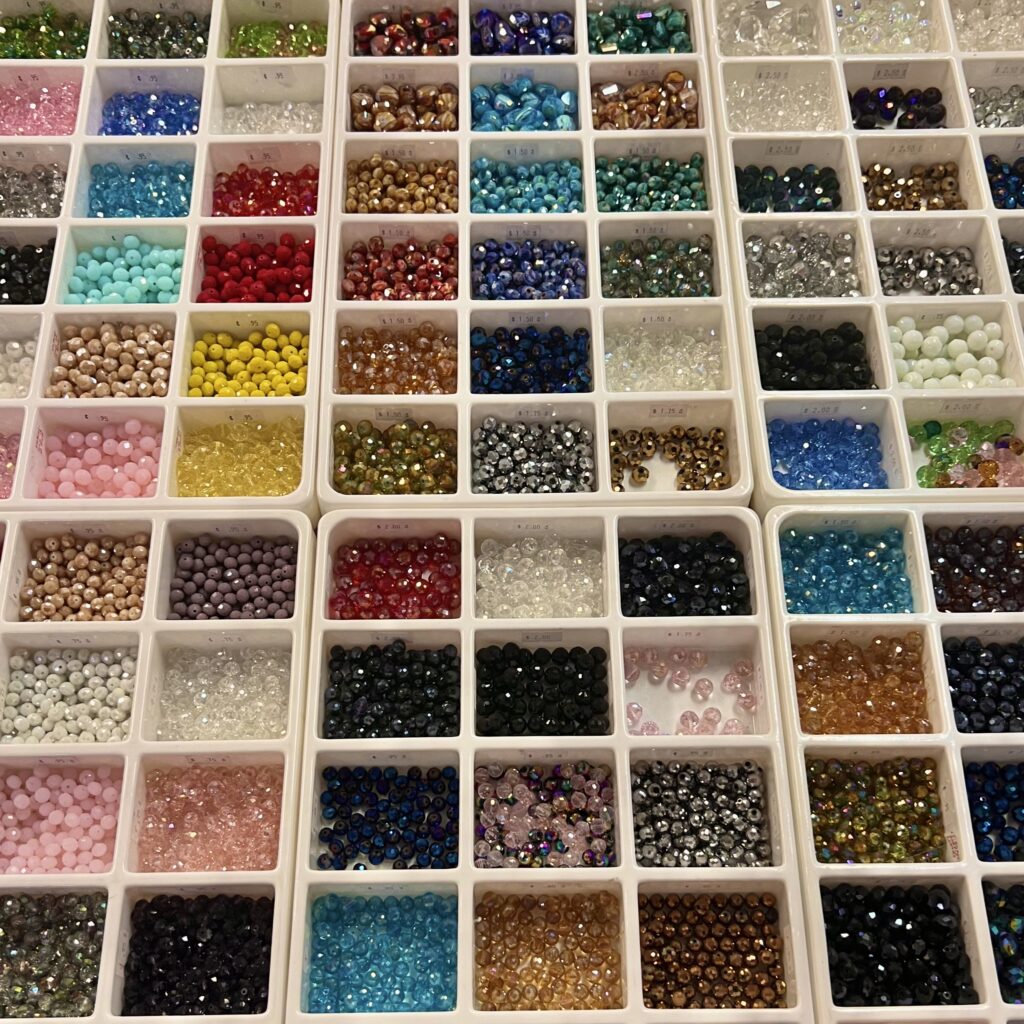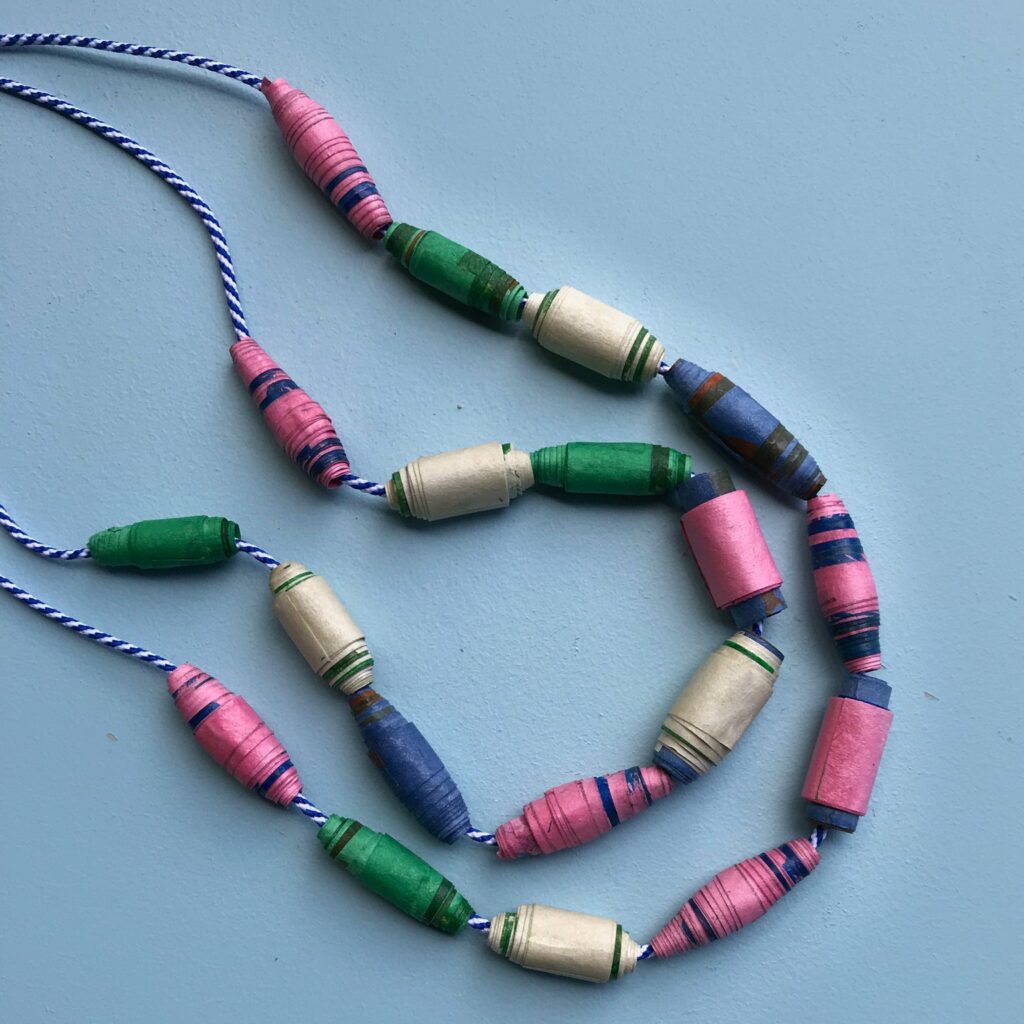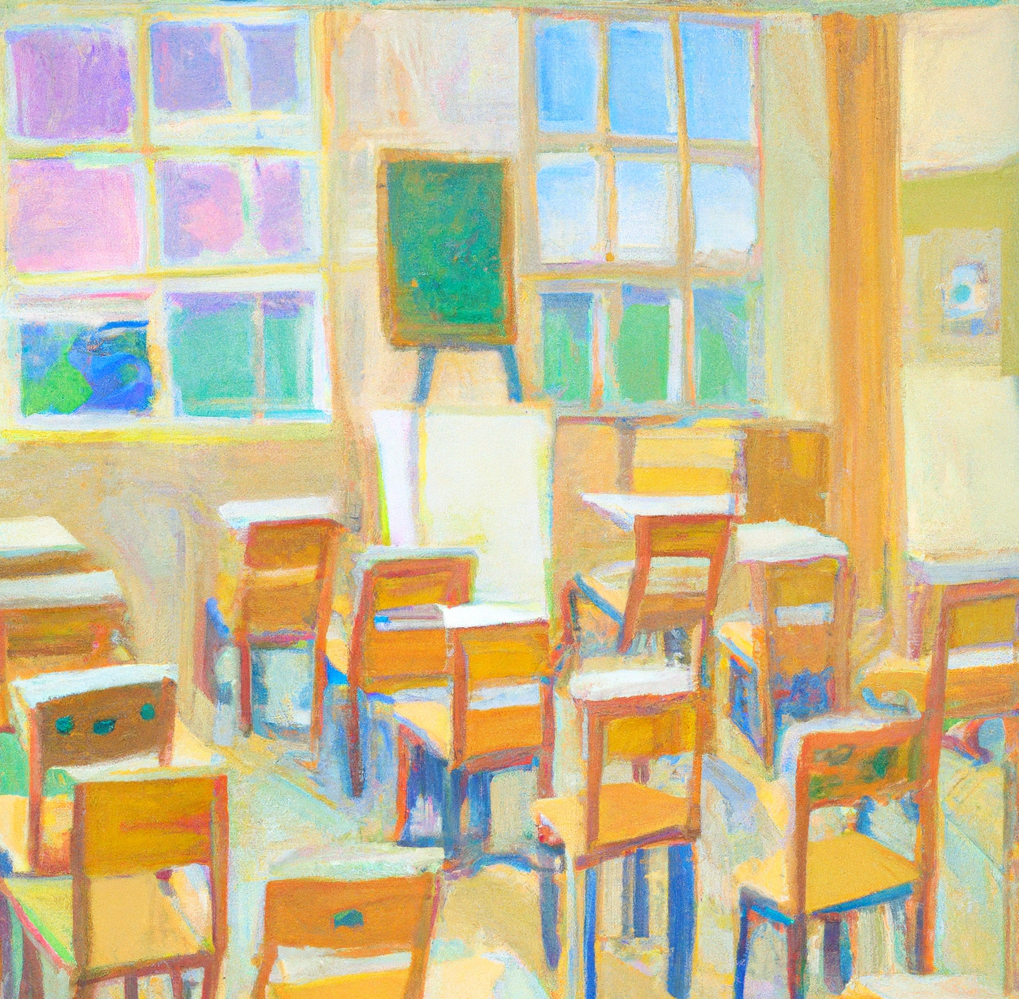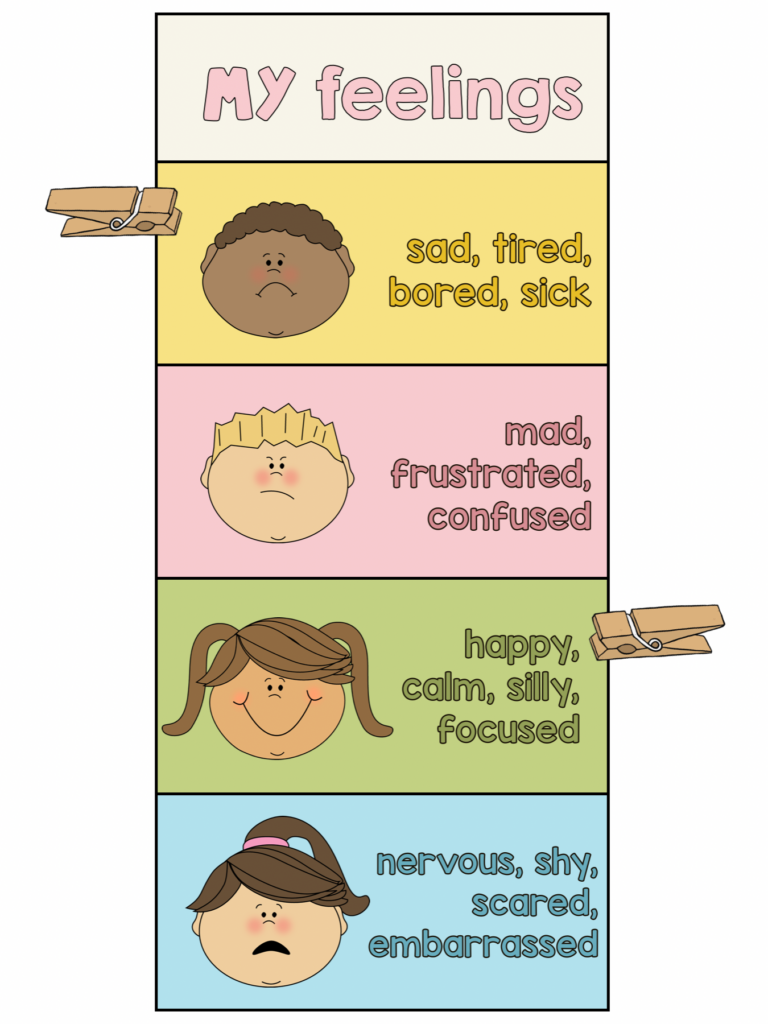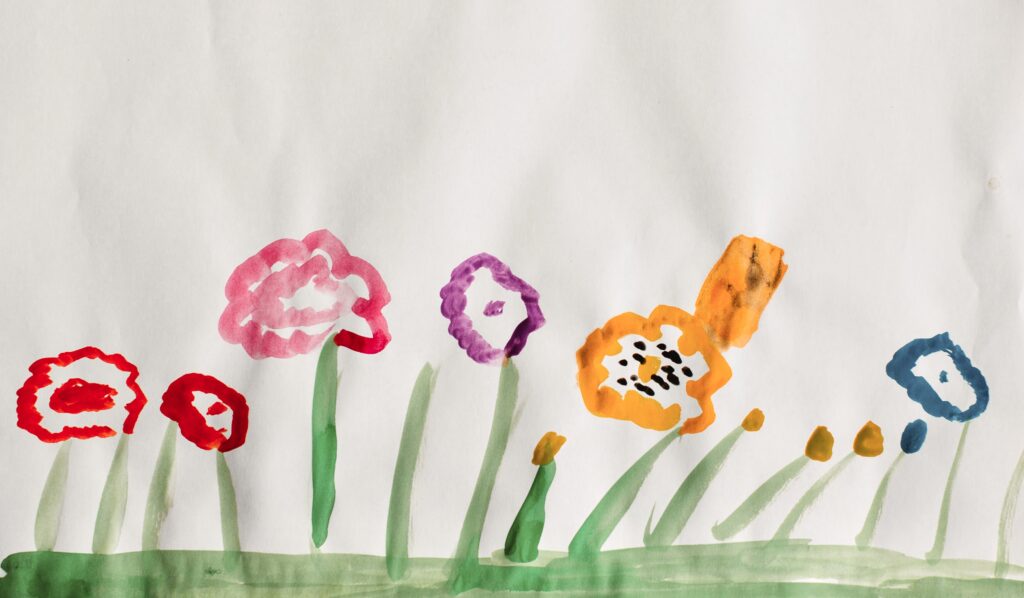This week we discussed the question: “Why might you want to create your own images or graphics for teaching and learning?” While I already have some thoughts on this, it was fun to experiment with image editing and explore the multimedia learning theory!
I have previously posted a graphic that I created on this blog, hinting at the many more projects I have saved in my “resources” folder. I think it’s great to be able to design worksheets, posters, labels, and more for your classroom. It provides a personal touch and keeps your room cohesive in colours and design elements! I started making simple resources during my first year of university since I found it was an effective motivator to allow me to visualize my future learning and teaching environment.
While creating various designs, I learned to be conscious of designing full-colour resources. This idea was reiterated in our class today, as Michael stressed the importance of being conservative with ink usage due to printing costs. Another option is creating a colouring-sheet type of resource, with white designs outlined in black that students can personalize with crayons or any suitable art medium. A friend who works with an older age group at a local middle school also gave me the idea of adding a blank box/area for the students to be able to draw right on a worksheet! These drawings should be related to the content, but regardless, it’s a wonderful opportunity for creativity and a “brain-break” for tired or burnt-out students.
Relating back to coloured resources, I have lots of re-designing to do when it comes to actually printing my premade resources. For example, I’ve put together a series of alphabet posters. These are in full colour, from the background to the little image representing each letter! Now, I think I could convert these to black and white colouring sheets for the students to colour in however they like—this would be amazing for the beginning of the year! It could be an opportunity for social collaboration and getting to know the students. I could also print these images on coloured construction paper, and draw an image over top. There are so many ways to avoid exuberant printing costs, and those are just a couple that came to mind!

a sample of my simple alphabet posters—the graphics can be found here!
This discussion served as a reminder for me to keep creating resources and speaking to my mentor teacher and peers on ideas for these designs or what elements work in classroom settings of any grade!

